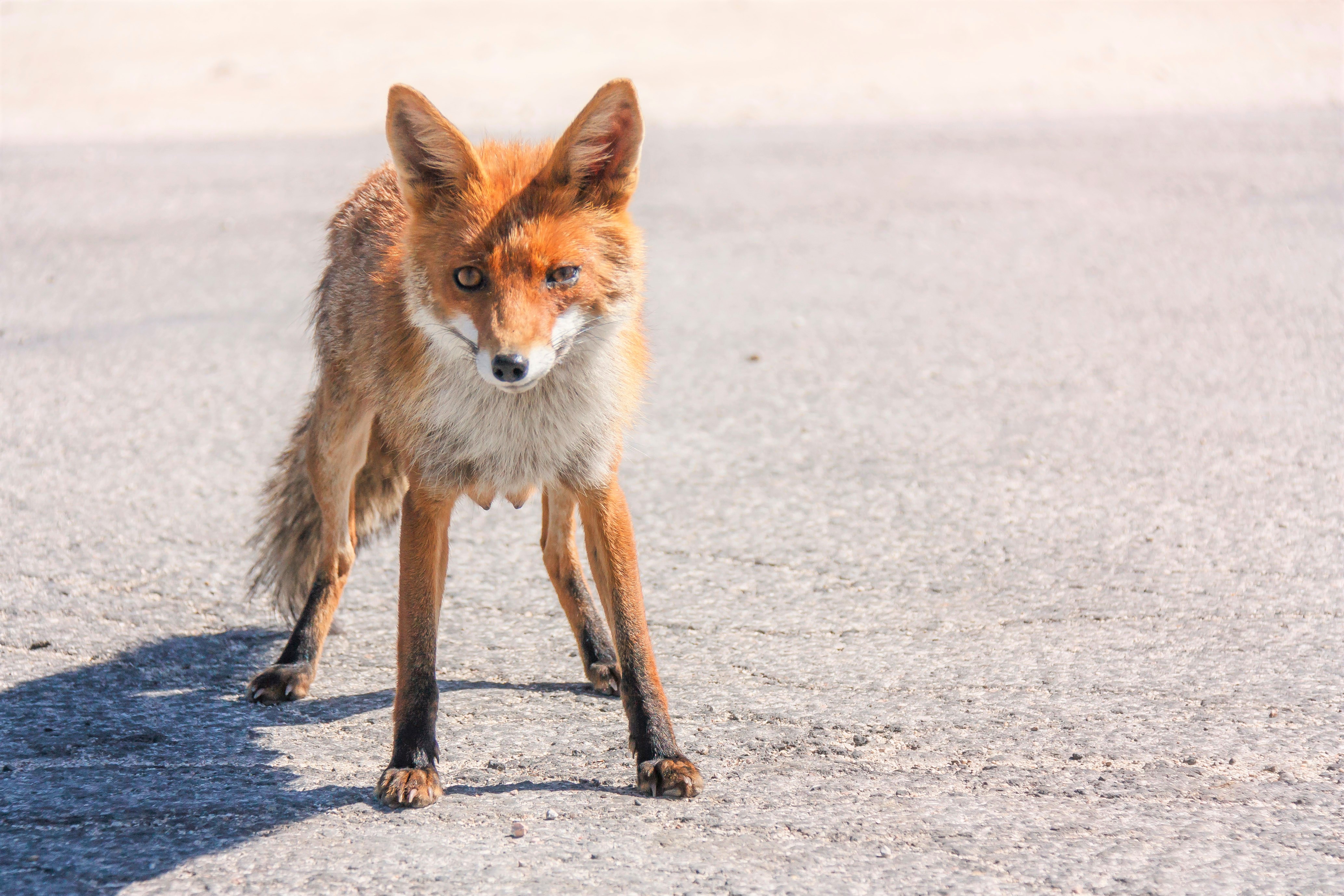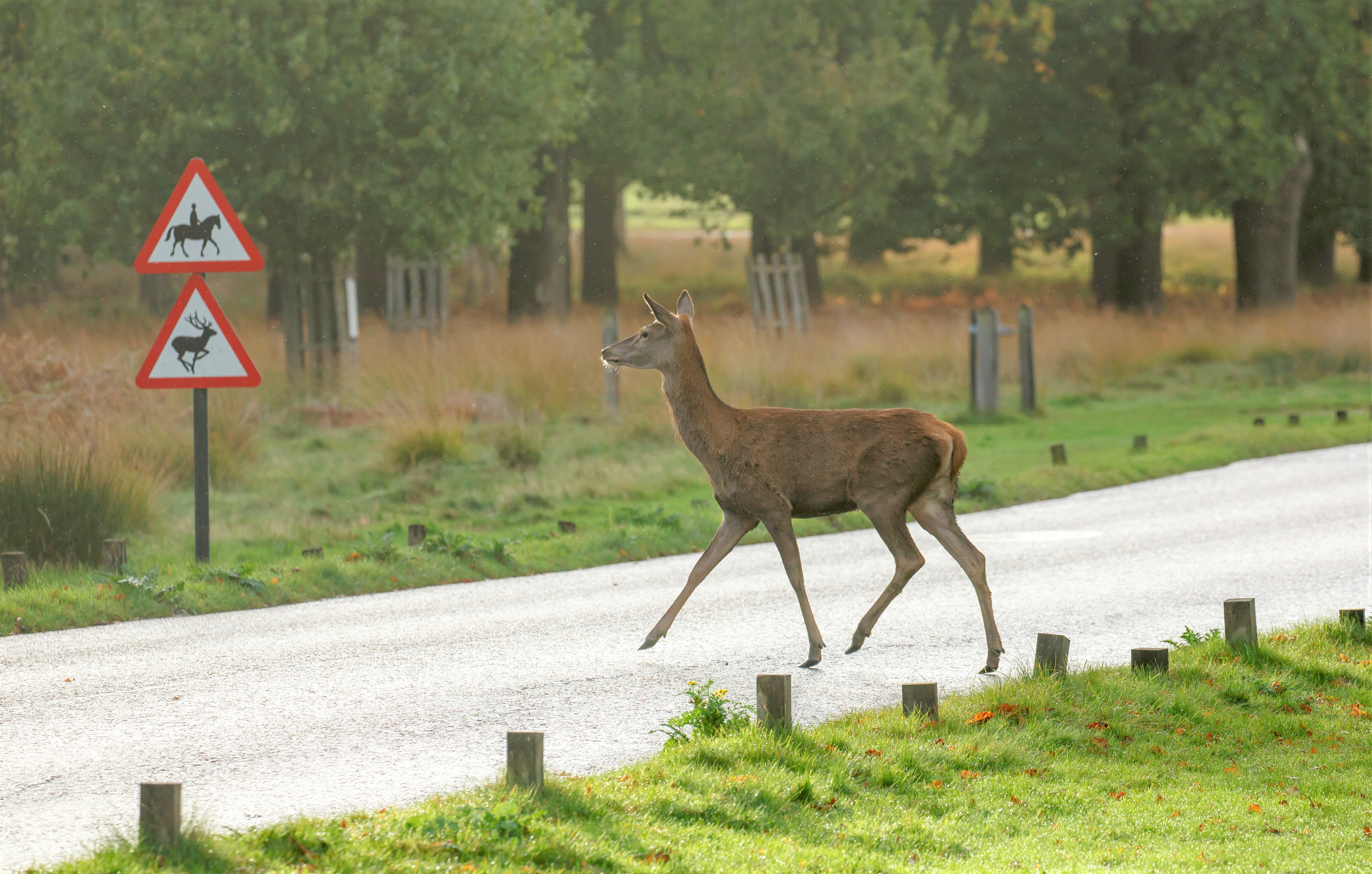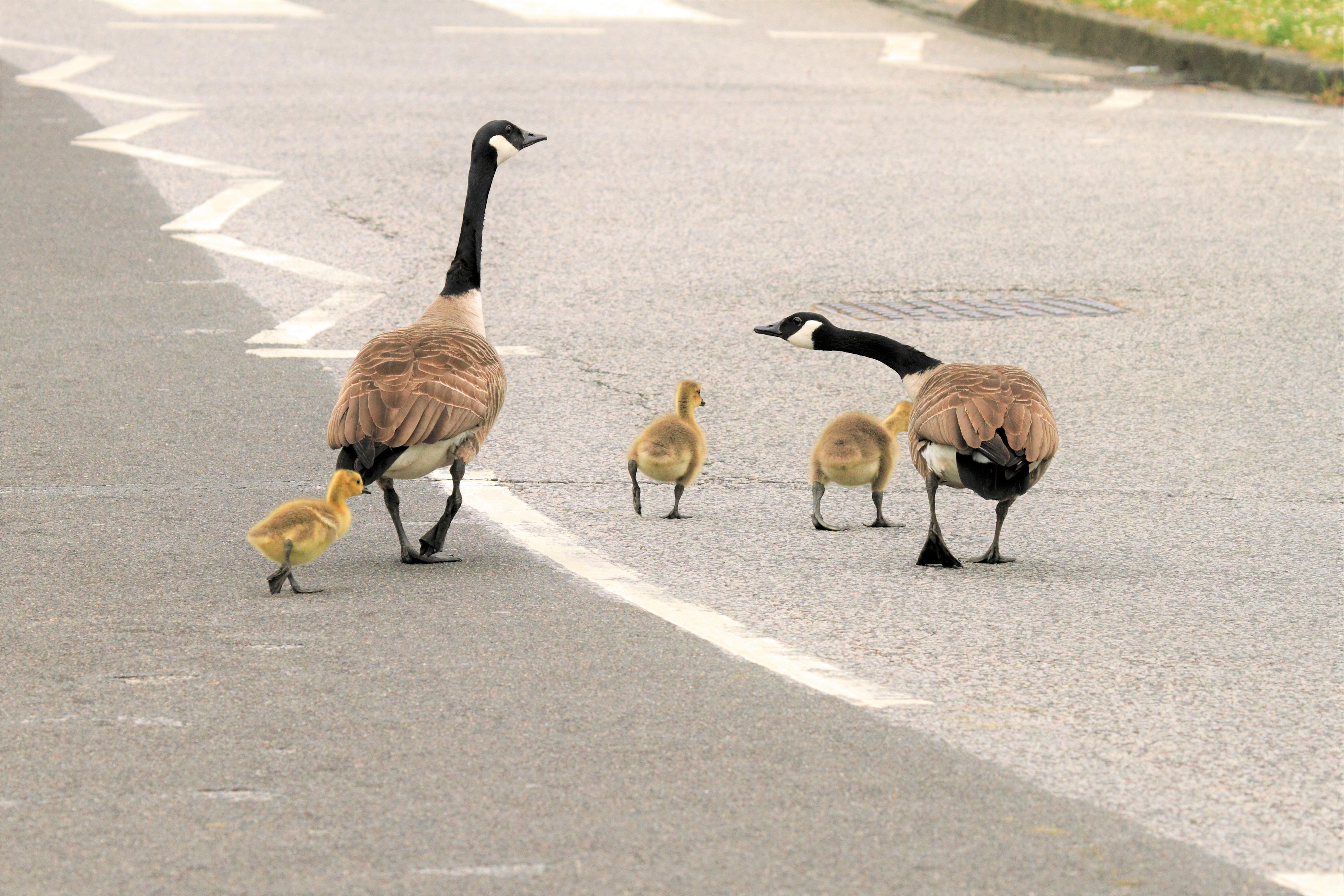It’s a swan’s life
As I drive around the corner, there it is. A bright orange beak, elongated curved neck and white feathered body are before me. Small dark beady eyes cautiously survey the growling monster which is my car as I come to a brisk stop on the road.
The large swan slowly waddles across in front of me, stopping to stand and stare. What now? I hadn’t anticipated an encounter like this driving back to the office from my lunch break.
In the rear-view mirror, cars break to a halt behind me, impatient drivers tapping fingers on steering wheels as they anxiously wait for whatever delay it is to clear. But the swan’s not concerned. It stands in the road, seemingly unsure what to do, before it waddles a little further into the other lane, where the oncoming traffic has also stopped and is watching it. Watching and waiting.
Just as I open my door to get out, a man in a van opposite beats me to it and, making comical flapping movements with his arms, ushers the mildly alarmed swan off the road and onto a footpath. The man gets back into his van, engines start up again and traffic slowly starts to move off. I take a last look at the swan as I drive past it, ambling along the footpath, only a narrow grassy verge separating it from the dangers of the fast-moving road once again.
I start to worry about the swan. What will happen to it? Will it find its way back to its home, wherever that may be? Left in the middle of a housing estate, how will it know where to go? As anxiety rises up inside of me, I start to consider going back to look after the swan. All kinds of bad scenarios start to go through my mind where the swan ends up hurt, or worse.
As an animal lover, I find myself regularly worrying about the surrounding wildlife on my daily drives through the towns and countryside, and the potential for an incident to occur. Maybe the swan will be fine and stay away from the busy road. But just in case, who do I inform about it, and does anyone even care?
As it turns out, yes they do. Back at the office, I find there are several swan sanctuaries and rescue centres to choose from. My local one advises that swans - being oblivious to traffic - can often be seen walking down the road, and if one is spotted on a road to immediately call them, or the police on 101. I make a call to the rescue centre, giving the details and exact location of the bird, and am left feeling calmer and more reassured that I have done my best to help save an animal from danger and prevent a possible further incident on the road.
The experience is a good reminder of how important it is to know the best ways to deal with and look after the different wildlife we may encounter on our roads.
Offering some guidance for the future, one rescue and rehabilitation centre, Swan Support - which covers the Thames Valley and surrounding areas, tells me that many local police and Highways England officers will have been trained by Swan Support (or other rescue centres) on how to deal with swans on the road and therefore will have basic knowledge about how to restrain the bird safely. They warn me that it’s very important to remember not to attempt to scare the swan into flying off, as this can cause a dangerous situation and potentially a serious incident on the road. Like many other rescue centres, Swan Support are on call on a 24-hour basis and can attend the scene or, if the location is far away, offer advice and verbal assistance.
The Swan Sanctuary, based in Shepperton, advises that if a swan is spotted on a motorway or major road then the only thing to do is report it, remembering not to use a mobile phone whilst driving. If a swan is spotted on other roads and it is safe to stop and help then the first priority is to get the bird off the road, ideally into an enclosed space, a nearby field or garden, or back onto the water if close by. Swans are naturally wary of humans and will move away from us if approached - so we can use this instinct to herd them off the road and towards safety, trying to elicit help if possible as it’s easier to herd them with two or more people. We are advised to approach slowly with no sudden movements so the swans are not frightened back onto the road, before holding out our arms to make ourselves as big as possible and guiding the swan slowly in the direction we wish them to go. We can then make a call for further assistance or advice if needed.

What if we encounter wildlife casualties on the road? www.helpwildlife.co.uk is one site that offers guidance on what to do, including (if the animal is large) calling for urgent assistance and minimising its stress by approaching carefully (if safe to do so and without putting yourself or others in danger), and putting a blanket or coat over its head if it’s not moving. In some situations, a large animal laying still with no attempt to get away can be mistaken for it being tame - or happy for people to sit close by or even stroke it when it is instead paralysed with fear. Therefore, the site advises that the best thing to do is to keep a safe distance away while waiting for help. In the case of small animals it may be possible to carefully pick them up and move them to safety using a towel or gloves, whilst remembering that they can cause minor injuries if threatened.

Even when driving safely and responsibly on the roads, at some point we may either have, or be witness to, an incident involving wildlife that we feel possibly needs reporting or assistance. If and when that happens let us act, knowing what to do while ensuring we are not in danger, and not be guilty of the bystander effect assuming someone else will help or make the call. Our quick actions could prevent an animal’s suffering or a potentially serious road situation, or both.
In an increasingly chaotic and crowded world where our population grows more every day, we continue to move in on animal habitats, with humans and animals now living closer together than ever before. By learning the best ways to look after our wildlife and being aware of it on our road journeys, we can take small steps towards living in harmony with nature and respecting the creatures that live alongside us.
By Anjuli Cooper, part of IAM RoadSmart’s marketing team
Please visit the following links for more information and advice on helping wildlife on the roads or finding rescue centres:


